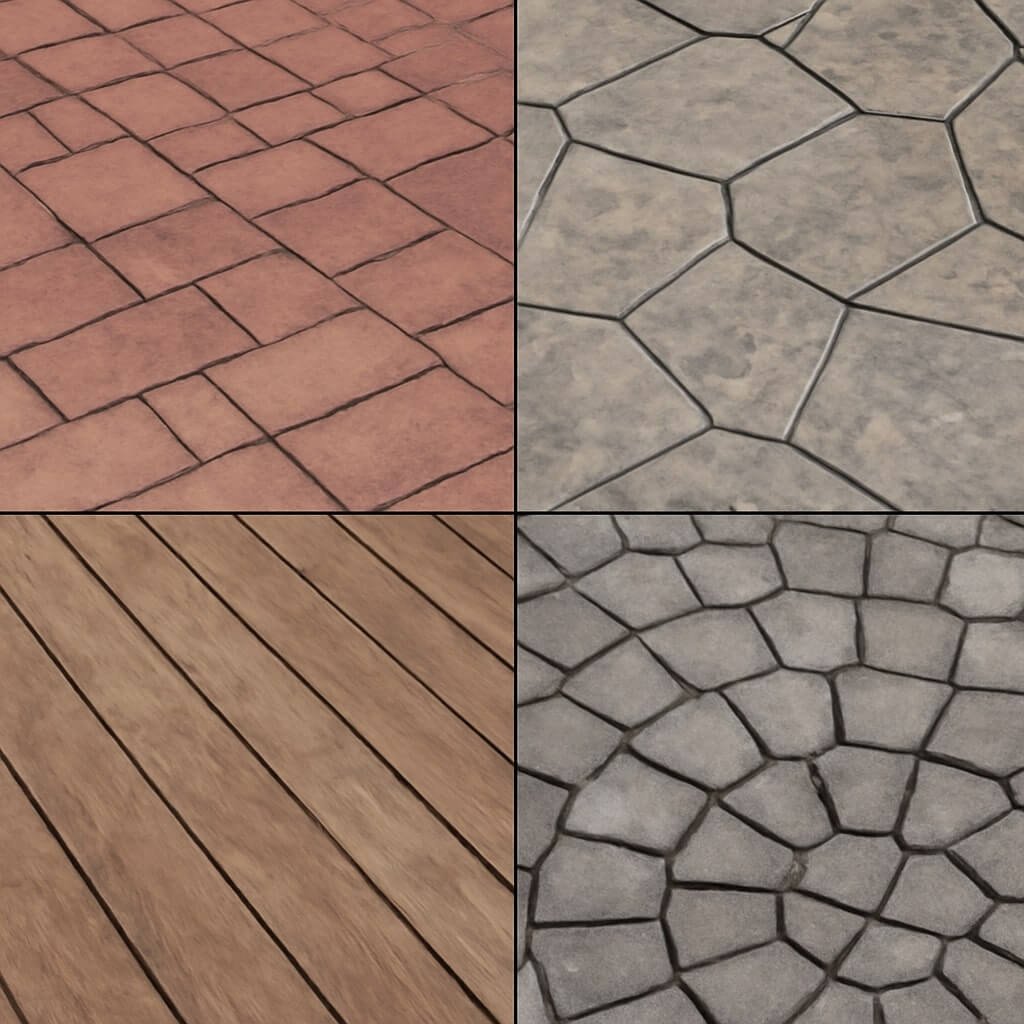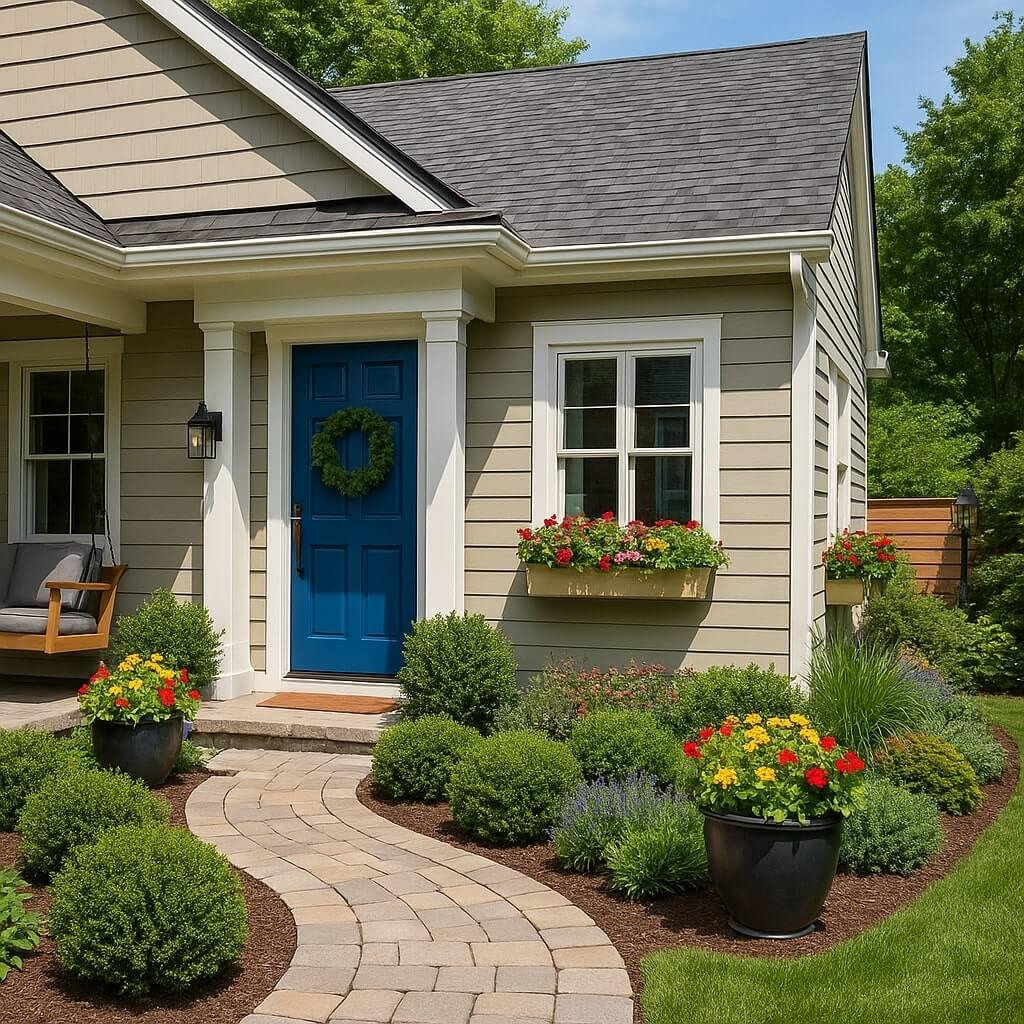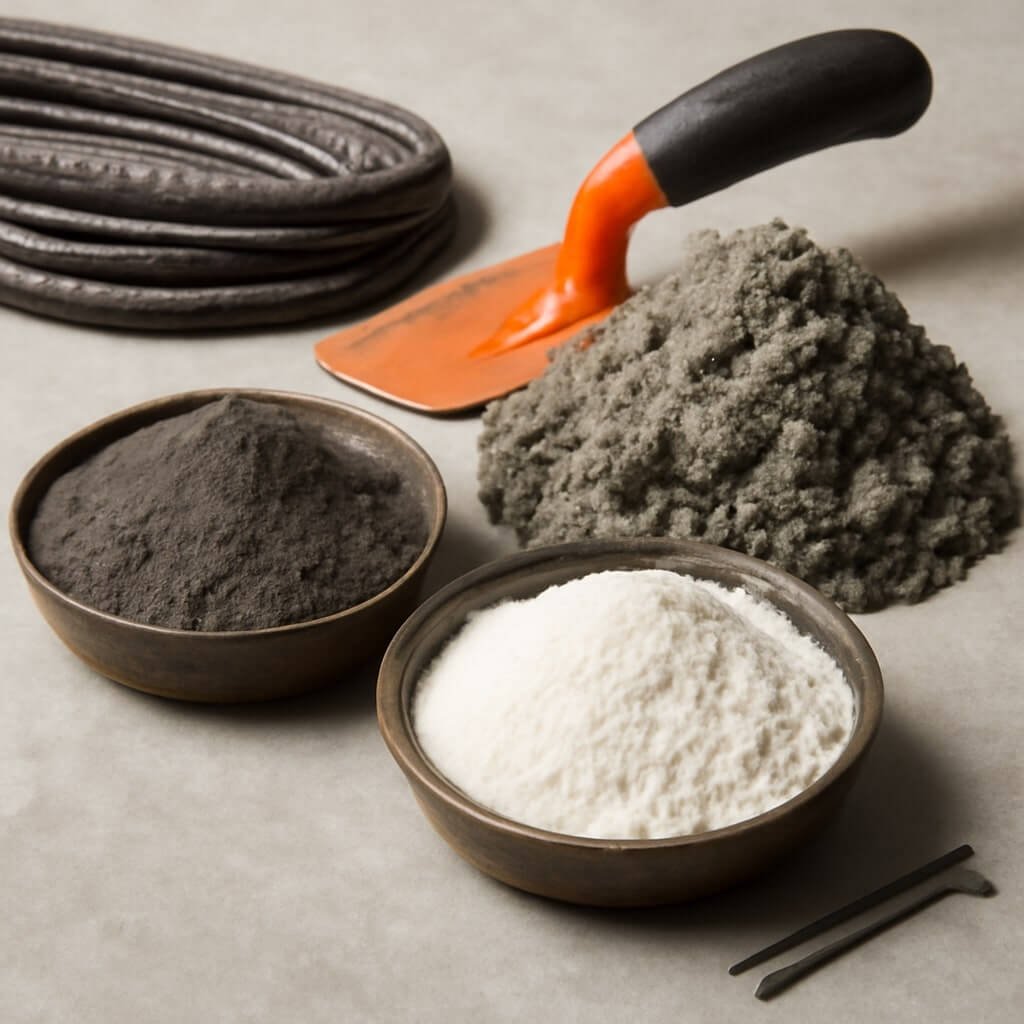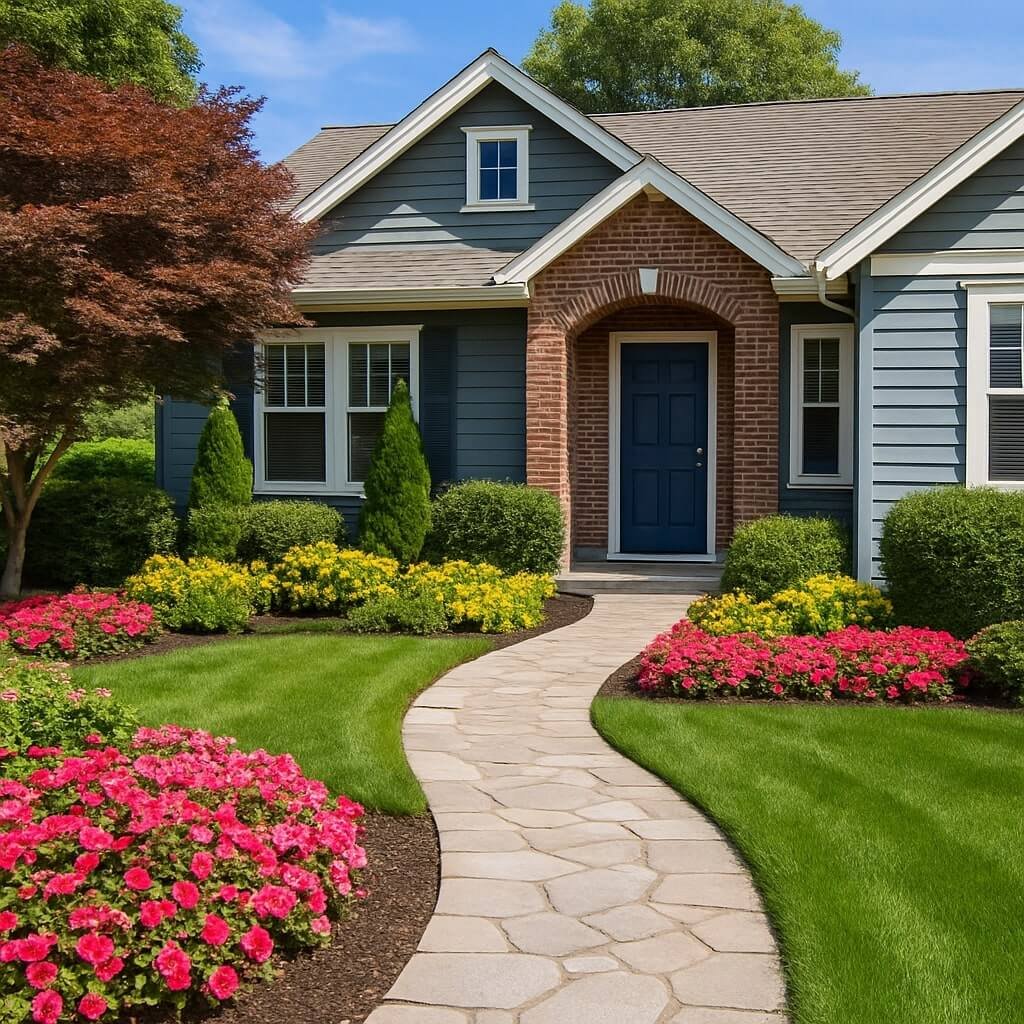Stamped concrete is a creative, versatile way to enhance your outdoor spaces with style and durability. This article explores popular patterns for stunning stamped concrete, helping you make informed decisions for your next project. From traditional brick patterns to modern geometric designs, we cover everything you need to know about stamped concrete patterns, installation, maintenance, and more.
Introduction to Stamped Concrete
Stamped concrete is a decorative concrete technique that mimics the look of natural materials like stone, brick, wood, or tile by pressing textured stamps onto freshly poured concrete. This method is widely favored for patios, driveways, sidewalks, and pool decks because it blends functionality with aesthetic appeal.
What makes stamped concrete stand out is its ability to offer a high-end look without the high-end price. It provides homeowners with the flexibility to customize their outdoor flooring with endless patterns and color combinations.
Benefits of Using Stamped Concrete
Stamped concrete offers several advantages that make it a preferred choice for many residential and commercial projects:
- Durability: Concrete is inherently strong, resisting heavy foot traffic and harsh weather conditions better than many other materials.
- Aesthetic Appeal: The patterns and colors replicate natural materials, adding elegance and style to any surface.
- Cost-Effective: Compared to natural stone or brick, stamped concrete is often more affordable and quicker to install.
- Low Maintenance: Properly sealed stamped concrete requires minimal upkeep, resisting stains and wear.
- Increased Property Value: Attractive outdoor spaces can boost curb appeal and overall property worth.
Understanding the Basics of Stamped Concrete Patterns
How Patterns Enhance Outdoor Spaces
Patterns are the heart of stamped concrete’s appeal. They add texture, depth, and character to otherwise flat surfaces, transforming simple concrete into beautiful, eye-catching designs. Whether you want a classic brick look or a natural stone finish, patterns can create a unique ambiance that complements your outdoor environment.
Common Materials Used in Stamped Concrete
Key materials include:
- Concrete Mix: The base material, often modified for durability.
- Color Pigments: Integral or surface-applied to achieve desired hues.
- Release Agents: Help prevent stamps from sticking and add secondary colors.
- Stamps: Rubber or polyurethane molds that imprint textures.
- Sealers: Protect the surface and enhance color vibrancy.
Top 12 Popular Stamped Concrete Patterns
Here are the most sought-after stamped concrete patterns, each with its distinct style and application:
1. Brick Pattern
A classic choice, the brick pattern mimics traditional bricklaying with rectangular stamps arranged in rows. It works well for driveways and walkways, lending a timeless charm.
2. Cobblestone Pattern
Cobblestone patterns replicate rounded stones used historically in streets and plazas. This pattern adds texture and an old-world feel, ideal for patios or garden paths.
3. Ashlar Slate Pattern
This pattern mimics irregular slate tiles, creating a refined yet natural appearance. Ashlar slate is popular for elegant patios and pool surrounds.
4. Wood Plank Pattern
If you love the look of wood but want the durability of concrete, the wood plank pattern is perfect. It simulates wooden boards with grain detail, great for decks or patios.
5. Slate Pattern
More uniform than ashlar, the slate pattern offers a sophisticated slate stone effect with less irregularity. It provides slip resistance and suits
6. Flagstone Pattern
Flagstone patterns feature large, flat stones in varying shapes, creating a rustic, natural stone look. This style works wonderfully for walkways and outdoor living spaces.
7. Running Bond Pattern
This is a staggered brick pattern commonly used in walls and pavements. It’s a straightforward, clean design that offers a neat, repetitive appearance.
8. Basketweave Pattern
Known for its intricate, woven look, the basketweave pattern adds texture and interest. It’s popular for patios or entranceways where visual impact matters.
9. Hexagonal Pattern
The hexagonal shape brings a modern, geometric flair. It’s less common but offers a distinctive style for contemporary outdoor areas.
10. Tile Pattern
Tile patterns replicate Mediterranean or Spanish-style tiles, often colorful and decorative. This pattern enhances pool decks and patios with an artistic touch.
11. Fan Pattern
Inspired by art deco designs, the fan pattern provides a curved, decorative look that stands out in high-end homes and commercial projects.
12. Custom Patterns
Some homeowners prefer unique, personalized stamped concrete patterns. These can combine elements from various designs or feature custom logos and motifs.
How to Choose the Right Pattern for Your Project
Consider Climate and Weather
Different patterns and sealers behave differently in various climates. For example, highly textured patterns may hold water and ice in cold climates, requiring sealers with better water resistance.
Complementing Architectural Styles
Matching the stamped concrete pattern to your home or business architecture enhances harmony. For traditional homes, brick or cobblestone works well; for modern designs, consider geometric or slate patterns.
Installation Process of Stamped Concrete
Preparing the Surface
Preparation includes cleaning the existing surface, leveling the ground, and installing forms to shape the concrete pour.
Pouring and Stamping
Concrete is poured and smoothed, then stamps are pressed before it fully sets. Timing and pressure are key for clear, lasting imprints.
Coloring and Sealing
Color can be added integrally or on the surface using powders and stains. Sealing follows to protect the design from weather and wear.
Maintenance Tips for Stamped Concrete
- Regular Cleaning: Sweep or hose down debris frequently.
- Resealing: Apply sealers every 2-3 years to maintain color and protect against cracks.
- Repair: Fix chips or cracks promptly to avoid further damage.
- Avoid Harsh Chemicals: Use mild cleaners to prevent surface deterioration.
Cost Considerations
Stamped concrete typically costs between $8 to $18 per square foot, depending on the pattern complexity, color, and sealing. Custom patterns and intricate designs add to the price but deliver higher visual appeal.
Environmental Impact and Sustainability
Using stamped concrete reduces the need for quarrying natural stone, making it more eco-friendly. Choosing low-VOC sealers and recycled materials can further enhance sustainability.
Frequently Asked Questions (FAQs)
What is stamped concrete?
Stamped concrete is decorative concrete that’s textured and patterned to resemble stone, brick, wood, or tile.
How long does stamped concrete last?
With proper maintenance, stamped concrete can last 25 to 30 years or more.
Can I install stamped concrete myself?
DIY is possible but challenging; professional installation is recommended for best results.
How do I maintain stamped concrete?
Keep it clean, reseal periodically, and repair damage early.
Are there color options available?
Yes, integral pigments and surface stains provide a wide range of colors.
Is stamped concrete suitable for all climates?
It works in most climates, but proper sealing and pattern choice are essential for longevity.
Conclusion
Stamped concrete offers an unbeatable combination of beauty, durability, and value. Whether you prefer the rustic charm of flagstone or the sleek look of a hexagonal pattern, there’s a design to fit every style and budget. By understanding popular patterns, installation processes, and maintenance tips, you can create stunning outdoor spaces that last for years.




